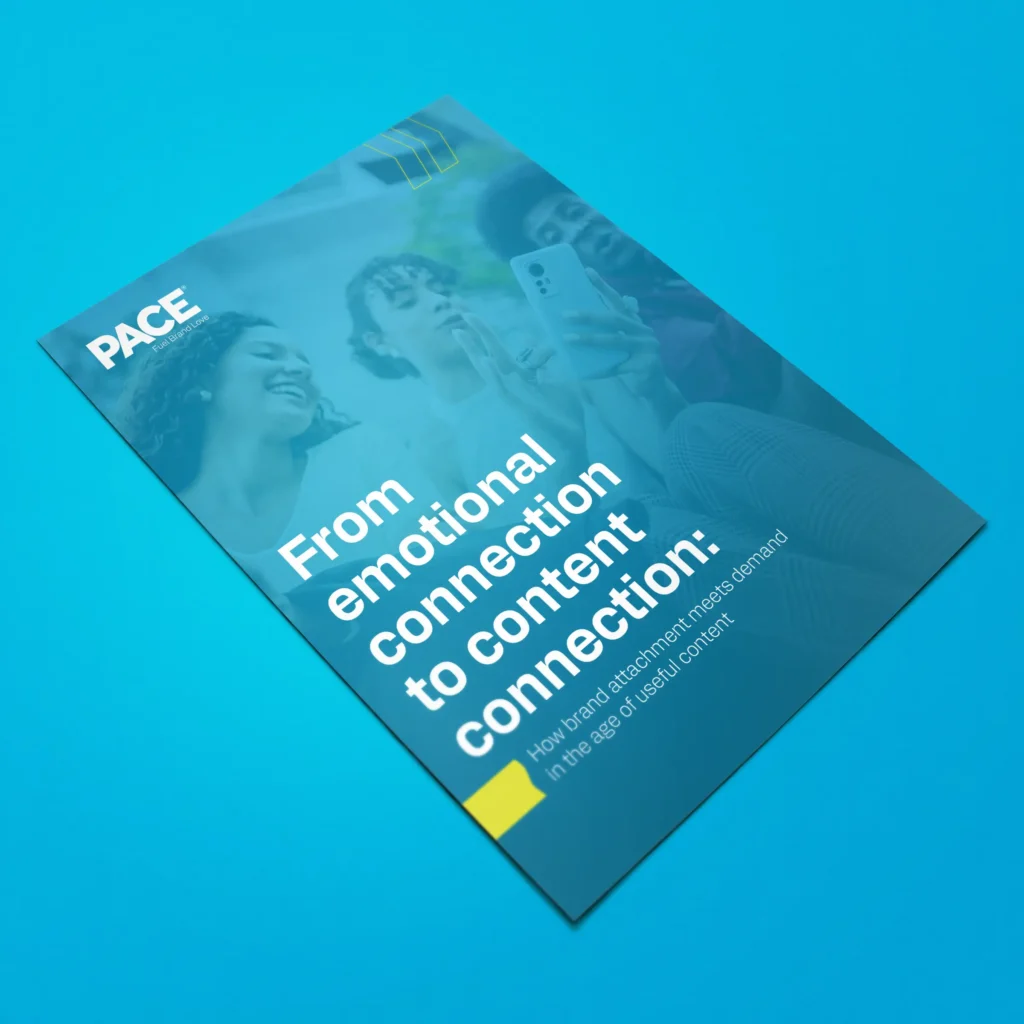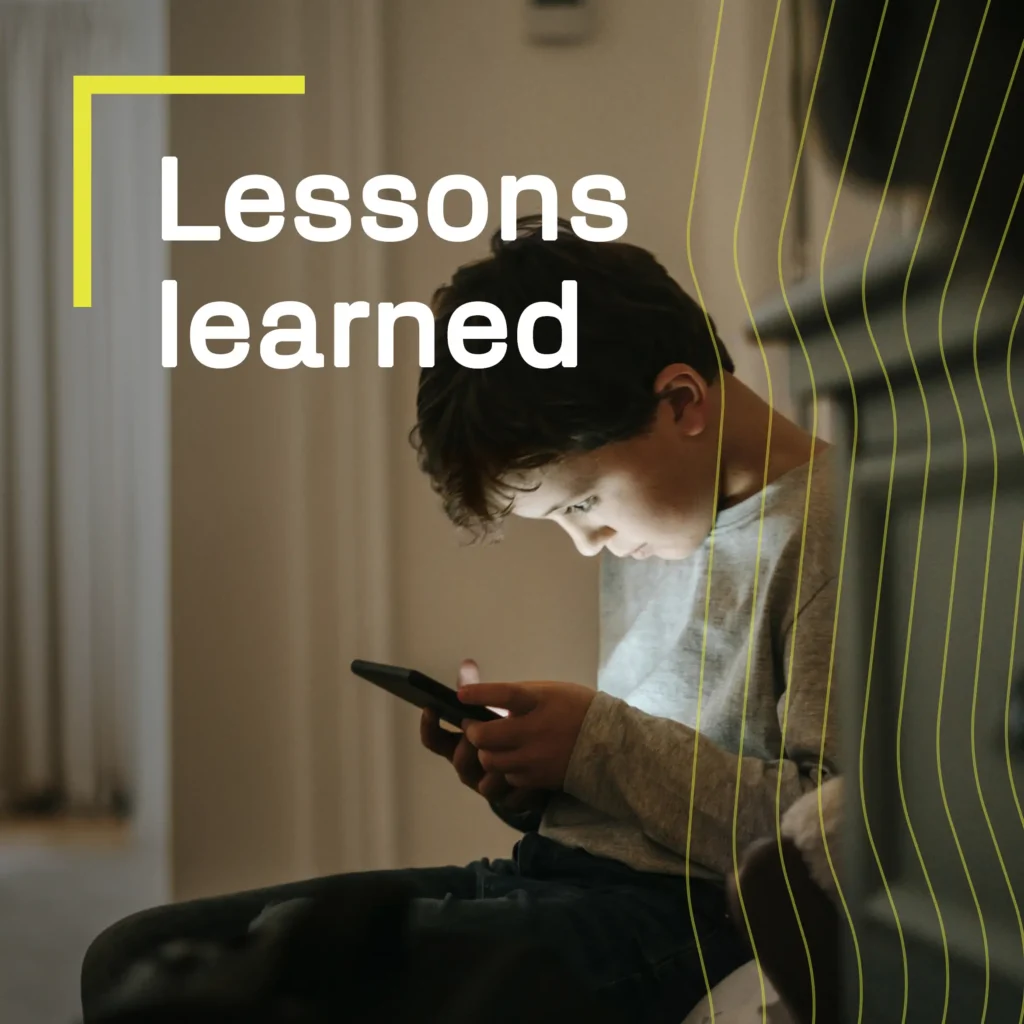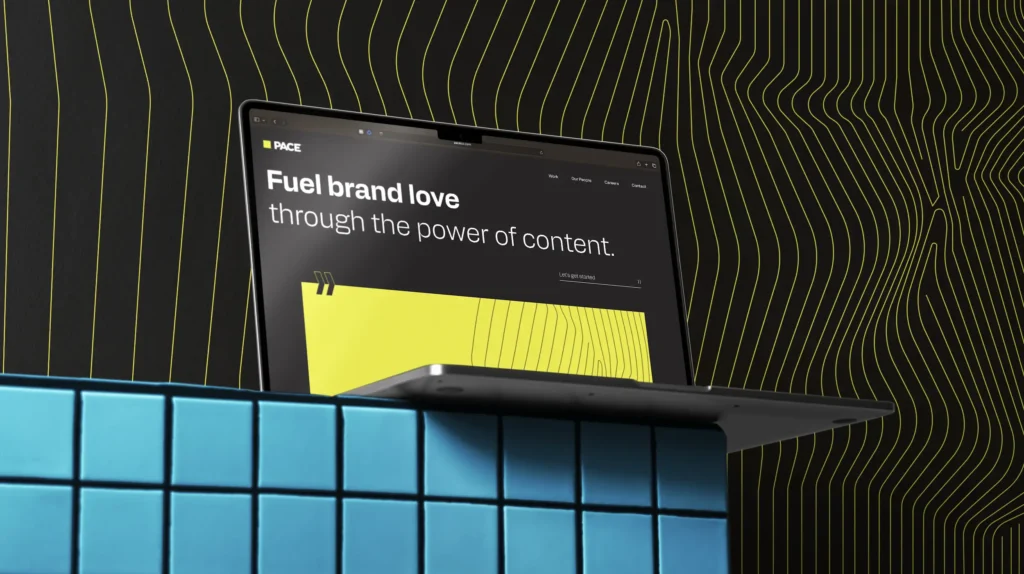You might be losing customers without even realizing it. Many brands focus heavily on acquiring new customers but overlook what happens after the sale. The result? A poor customer experience (CX), disengaged consumers and lost revenue.
Who owns CX? Traditionally, CX has been seen as a function of customer service. Today, marketing leaders are realizing that the customer journey does not end at acquisition. It continues through onboarding, engagement, retention, expansion and advocacy.

This shift is forcing brands to rethink their approach. Although 73% of consumers say CX impacts purchasing decisions, many companies still struggle with fragmented post-purchase experiences that create confusion.
Marketing alone won’t build loyalty: CX is the missing piece.
Think about this scenario: A health-conscious consumer signs up for a meal kit subscription, excited by the brand’s promise of effortless, chef-curated meals. But after the first box arrives, confusion sets in because there’s no clear onboarding.
Recipe instructions assume advanced cooking skills, and customer support is hard to reach. Without proactive guidance or personalized engagement, the experience feels frustrating rather than convenient. By the third month, the customer cancels, not because the product was bad, but because the brand failed to support and nurture the relationship post-purchase.
This is a classic case of strong marketing but weak CX—and a faulty connection between the two. Acquisition might succeed, but retention fails due to a lack of ongoing value and engagement. In today’s social-driven landscape, every customer experience is public, shaping brand perception in real time. Negative experiences don’t just frustrate customers—they erode trust, impact reputation and ultimately make it harder to drive future sales. This is why marketing and CX must work together to create seamless, loyalty-building experiences that drive long-term success.
Negative experiences don’t just frustrate customers—they erode trust, impact reputation and ultimately make it harder to drive future sales.
Winning brands sell experiences, not just products.
The most successful brands know the customer journey doesn’t end at checkout. They’ve blurred the lines between marketing and CX to create loyalty-building experiences that reinforce brand promises long after the sale.
Chewy, the online pet supply retailer, has built its brand on more than fast shipping and product variety. Its marketing centers on being a trusted partner for pet parents, and its CX delivers with surprisingly human touches. When a customer reports the loss of a pet, Chewy has been known to send handwritten sympathy cards or even flowers. These gestures aren’t automated or flashy. They’re deeply personal and show that Chewy’s commitment to care doesn’t stop after the transaction.
SoFi promises to help “get your money right,” but what sets them apart is how that message shows up after signup. The platform follows up with goal-setting tools and financial education resources. Their communications are proactive, approachable and tailored to each member’s journey. SoFi doesn’t just market financial wellness. It actively supports it, creating a post-purchase experience that builds trust and keeps users engaged long after the first loan, account or investment.
When brands unify marketing and CX like this, they don’t just fulfill a promise. They make customers feel seen, supported and eager to come back.


Want more loyal customers? Don’t stop after the sale.
For many brands, the gap between marketing and CX emerges after the initial sale. Marketing teams drive acquisition, but without an aligned strategic experience, customer relationships weaken in the post-purchase stages.
One of Pace’s insurance clients faced a similar challenge to our previous meal kit scenario. They successfully marketed their life insurance plan to parents and grandparents, but first-year retention rates were low. Customers felt disconnected after purchase, leading to high policy lapse rates. The issue was not just CX. It was a holistic marketing problem.
Pace stepped in to help our client uncover gaps in their post-purchase communication journey and identify areas for improvement.
In our client’s case, these were the areas that needed strengthening:
- Onboarding experience lacked clarity: Policyholders received transactional communications that did not build trust or reinforce value.
- Communication touch points were inconsistent: The content map revealed gaps that led to confusion about policy details, logistics and next steps.
- Engagement opportunities were missing: Policyholders were disengaged due to the lack of proactive touch points throughout the first year post-purchase. This increased the likelihood of lapsing.
The client had a strong marketing strategy for acquisition, but without an aligned CX strategy for retention and future expansion opportunities, they risked losing customers they worked hard to convert.
To bridge this gap, Pace helped its insurance client reimagine their post-purchase experience, leveraging principles of human-centered design. We shifted from a transactional approach to an engagement-driven strategy that resonates with their target audiences.
| Be human centric Focused on two groups that had the highest retention opportunity, parents and empty nesters, to tailor messaging based on their needs and behaviors. |
| Address
the value gaps Identify key moments where policyholders questioned the value of their policy and introduce targeted experiences to reinforce its long-term benefits across the journey. |
| Map the
current state Used content mapping to analyze existing touch points across onboarding, policy management, retention, expansion, and advocacy to identify where policyholders felt disconnected. |
| Build the optimal experience Developed a structured, engaging content journey across communication stages to reinforce trust and policy value. |
We enhanced the customer journey through personalization, education and focused trust-building. First, we delivered personalized communications (as opposed to transactional mass messaging). We implemented a proactive education strategy next to help guide and empower policyholders. All of this aligned with our push into trust-building messaging that framed retention as an emotional decision. Every interaction was designed to feel human-first, not just transactional. The human touch kept policyholders engaged as we reinforced the long-term value of the policy and why staying enrolled was the right choice.
This approach transformed the customer journey from a disjointed process into a seamless, relationship-building experience.
What’s your brand doing to keep customers hooked?
If your company relies on long-term customer retention, ask yourself:
- Are you treating post-purchase communication as an afterthought?
- Do customers feel valued and supported after they buy from you?
- Are you reinforcing the reasons they chose your brand in the first place?
If the answer to any of these is no, then your customer journey has gaps that need attention.
Brands that align marketing and CX can see real business impact like:
- Higher retention rates from ongoing engagement
- Stronger brand perception built on trust and consistency
- Increased customer lifetime value through deeper relationships
The post-purchase journey is not just a CX responsibility. It’s a marketing priority. Without a holistic and seamless experience, brands risk losing the very customers they worked hard to acquire.
Pace POV:
Most brands focus on winning customers, but keeping them is where the real growth happens. In today’s world, every experience gets talked about, good or bad. A clunky, impersonal customer journey doesn’t just frustrate people—it hurts your reputation and makes future sales harder. All of this means that post-purchase engagement can be shaped into a loyalty engine. By closing the gap between what you promise and what customers actually experience, we build trust, fuel results and keep customers coming back.
Need help building your experience? Let’s talk.
Pace helps brands bridge the gap between marketing and CX to drive business outcomes. Ready to transform your customer experience? Let’s build a strategy that keeps your customers engaged long after they buy.






